When in Japan: before the cherry blossom comes the plum
The deep roots of “ume” in Japanese culture
If you think about seeing blossoms in Japan, the chances are that you’ve got in mind the spectacular displays of cherry blossom, or 桜 (“sakura”), these billowing, bewitching symphonies of pink that usually explode into full bloom late in March in the Tokyo area. They’re an incredible sight, almost overwhelming in their soft abundance and sweet excess, yet utterly captivating in their exquisite details.
However, if I were to recommend a time to visit Japan, I’d urge you to consider flying here right now. Yes, book a ticket and get here as soon as possible! Because around this time of year, late January to early February, is the time for an even more venerable tradition in Japan—that of admiring plum blossom, or 梅 (“ume”).
Yes, it’s still winter, though spring begins according to the old Japanese system, with 立春 (“Risshun”), 4-18 February1. And here these beautiful blossoms, white, red, or pink, burst into colour and deliver a welcome message that warmer weather is on its way.
Some of the cultural associations with plums in Japan belong to the harvesting of the fruit itself in June during a period known as “ume shigoto” or plum work2, when plums are pickled (becoming “ume boshi”) or turned into plum wine (“ume shu”). And the rainy season, which usually occurs in June, is called 梅雨 (“tsuyu)” or “plum rain.” But let’s stick with the blossoms in winter for now.
The admiration of plum blossoms, in fact, has deeper roots than cherry blossom viewing. In the Nara period of Japanese history (710–794), with a strong cultural influence from China, the practice of viewing blossoms and writing poems about them began to take root. And the blossom of choice then, following Chinese tradition, was plum. In the Manyoshu, or “Collection of Ten Thousand Leaves,” an anthology of ancient Japanese poems compiled in the period, there are far more poems about the beauty of plum blossom (110) than about cherry blossom (43). Nowadays, it’s the latter that attracts huge numbers of viewers and partygoers (it’s fun to indulge in daytime drinking under cherry trees in full bloom with your friends, family, or workmates in the late March sunshine). But there are many groves of plum trees dotted around the country that quietly demand our attention at the end of January and the beginning of February.
As one of the “three friends of winter” (“sai kan no sanyū"), the plum is also an emblem of the season and a very common feature in Japanese (as well as Chinese) painting. The other two “friends” are pine and bamboo, and they are commonly painted too. Together, the three friends represent resilience against the winter, since the bamboo and pine stay green all year and the plum tree flowers in winter.
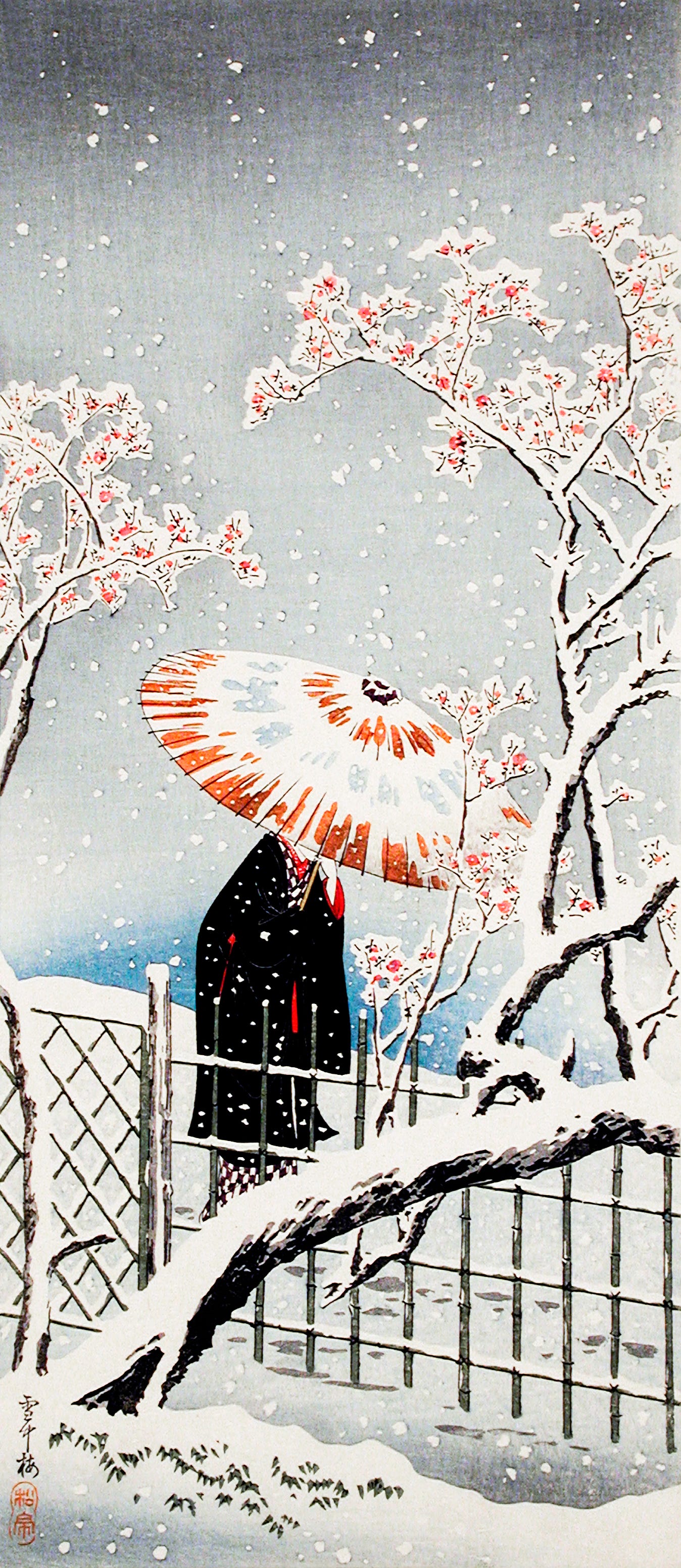
Japanese paintings of plum trees are therefore very common, and I have included a few examples here, which I hope you will enjoy. Often, the trees are depicted with birds in them. There is apparently an association with nightingales and plum trees3, so some painters include them. However, in reality, you’re more likely to see the Japanese white-eye (“mejiro”) in one of them, as they love the blossom! I spotted one in a plum tree just around the corner from my house the other day.
Another use for the “three friends of winter” is as a kind of classification system. In some restaurants in Japan, especially sushi, soba, or eel restaurants, you will see an image of a pine tree (“shō”) representing a deluxe course meal, an image of a bamboo plant (“chiku”) representing a special course meal and an image of a plum (“bai”4) representing a standard course meal. This doesn’t mean that pine is somehow better than bamboo or pine; apparently, it’s not quite as straightforward as that5.
This winter, I’m enjoying visiting some of the groves of plum trees that adorn Tokyo, just as people have been doing for over a thousand years, and admiring the beauty of these lovely symbols of winter in Japan. I hope to see you there!
For more on Japan’s micro-seasons, see here: https://www.nippon.com/en/features/h00124/
There’s a good description of this here: https://musubikiln.com/blogs/column/japanese-plum-preparations-the-time-honored-tradition-of-ume-shigoto
See here for more: https://meguri-japan.com/en/knowledge/20230207_16168/
The character for plum, 梅, can be read (pronounced) as “ume” or “bai” in Japanese. It’s quite common for characters in the language to be read differently according to context. See here for more details: https://owlcation.com/humanities/a-quick-guide-to-japanese-kanjis-for-beginners
See here for more information: http://goinjapanesque.com/09267/


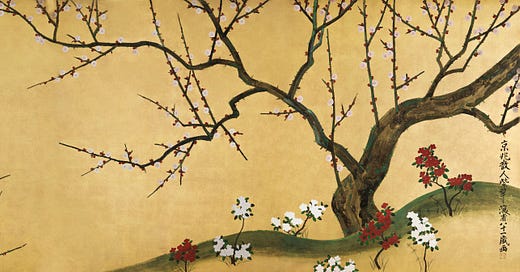




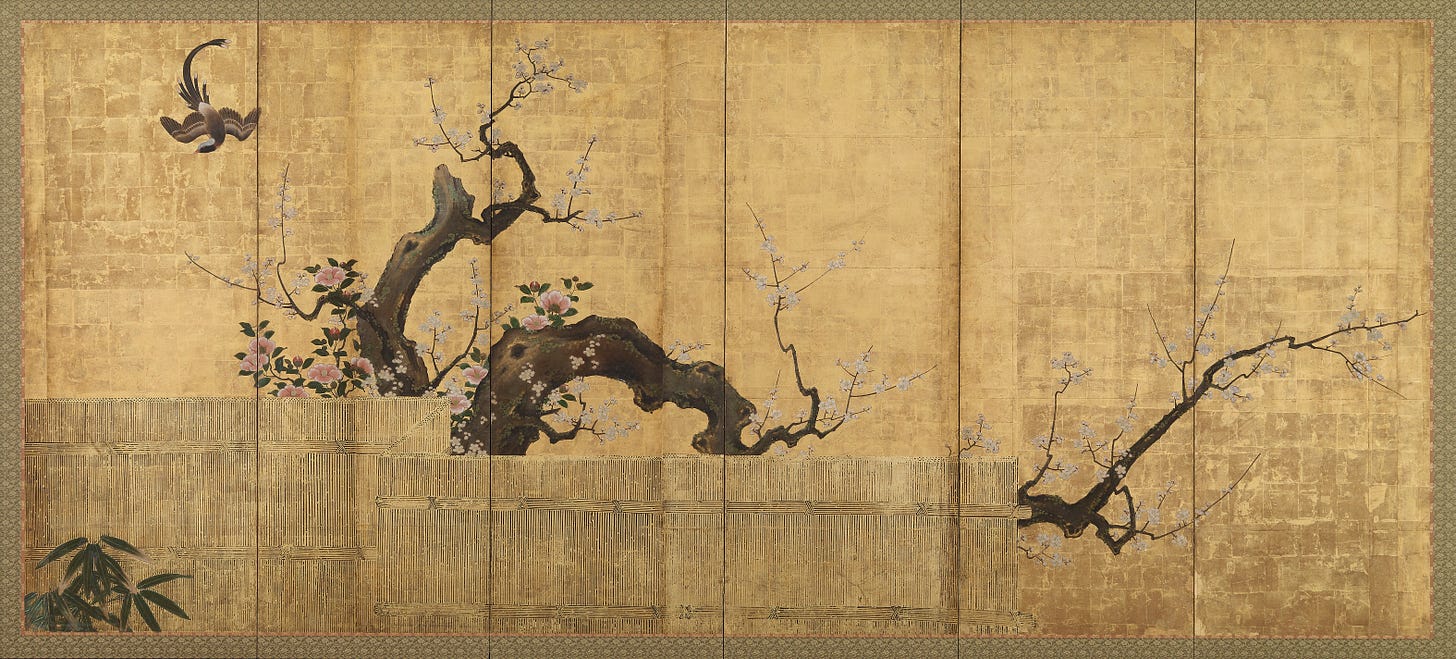
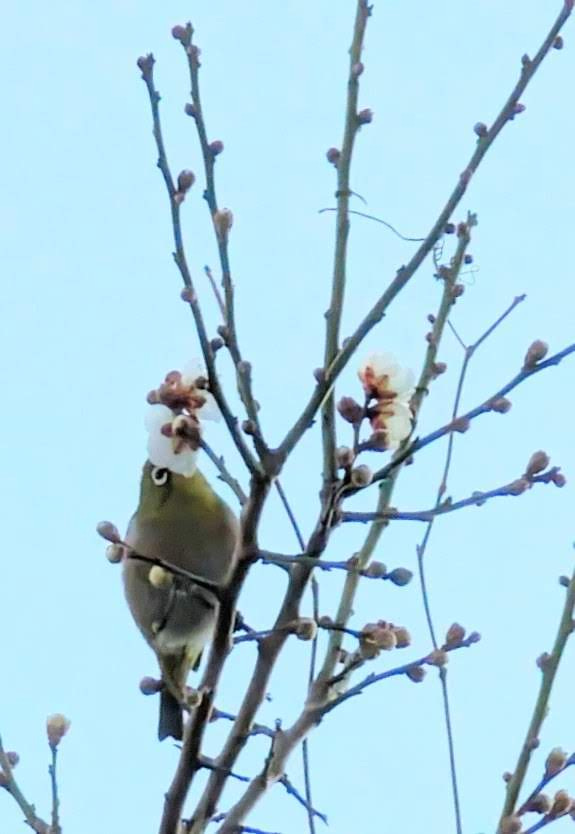
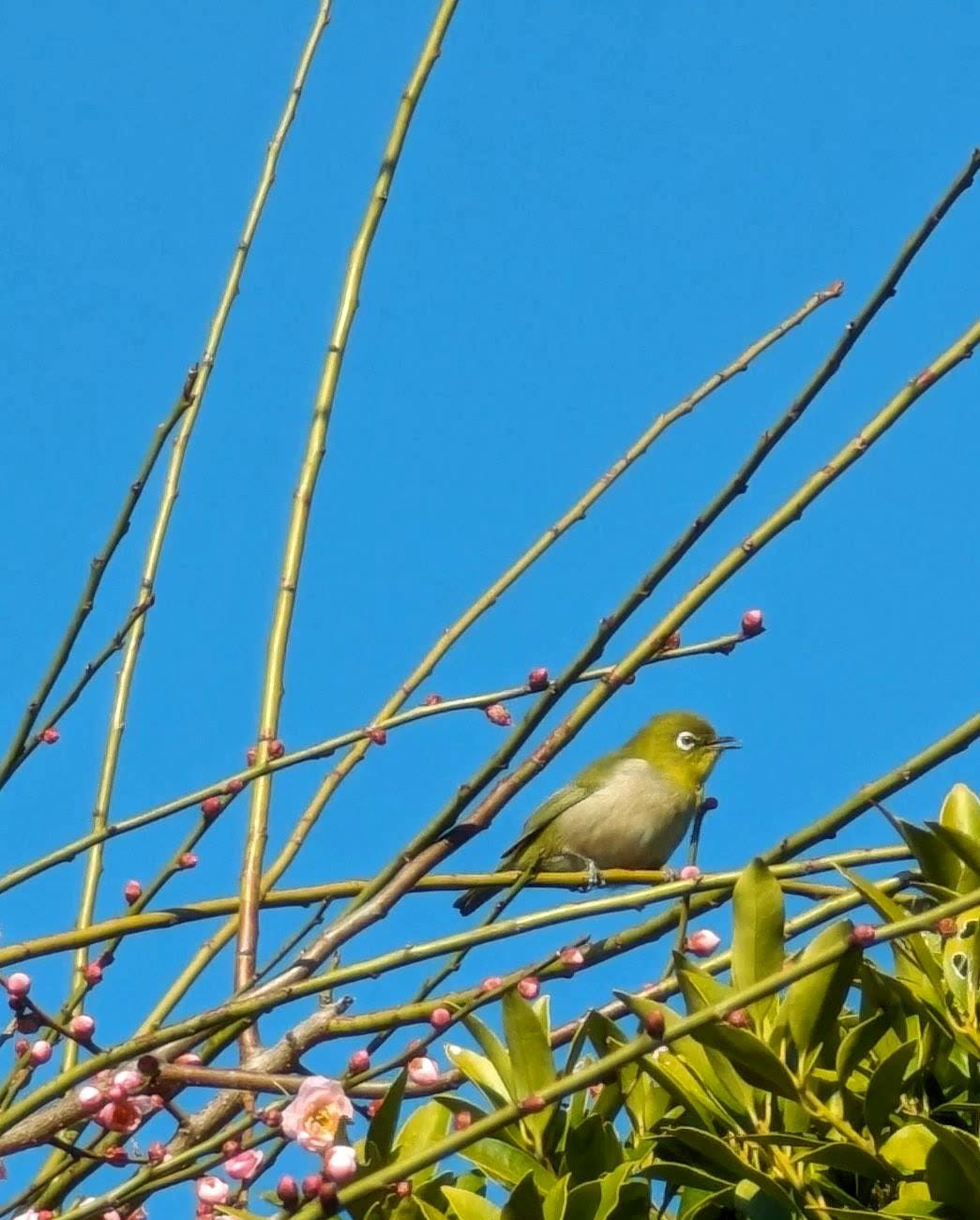
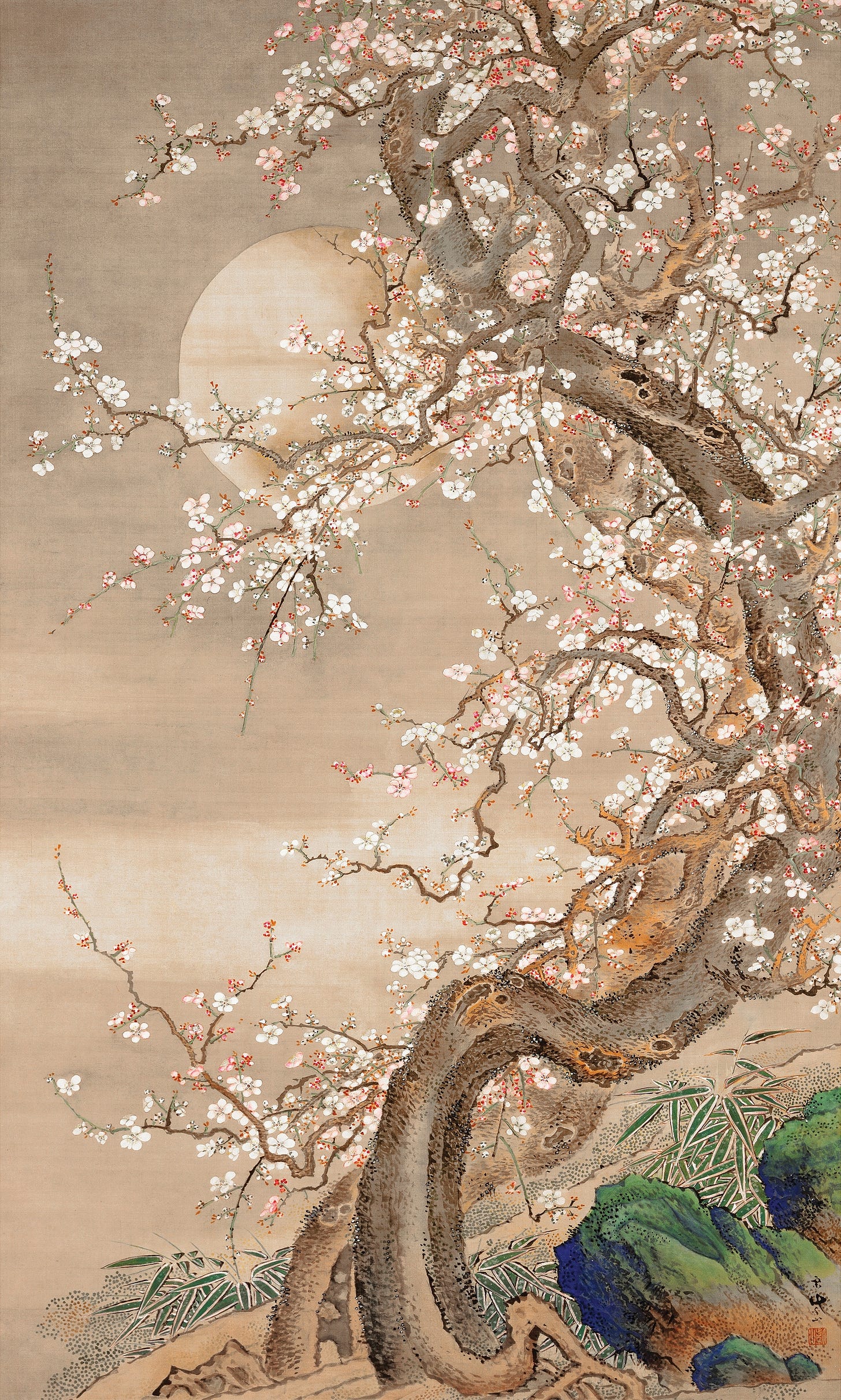
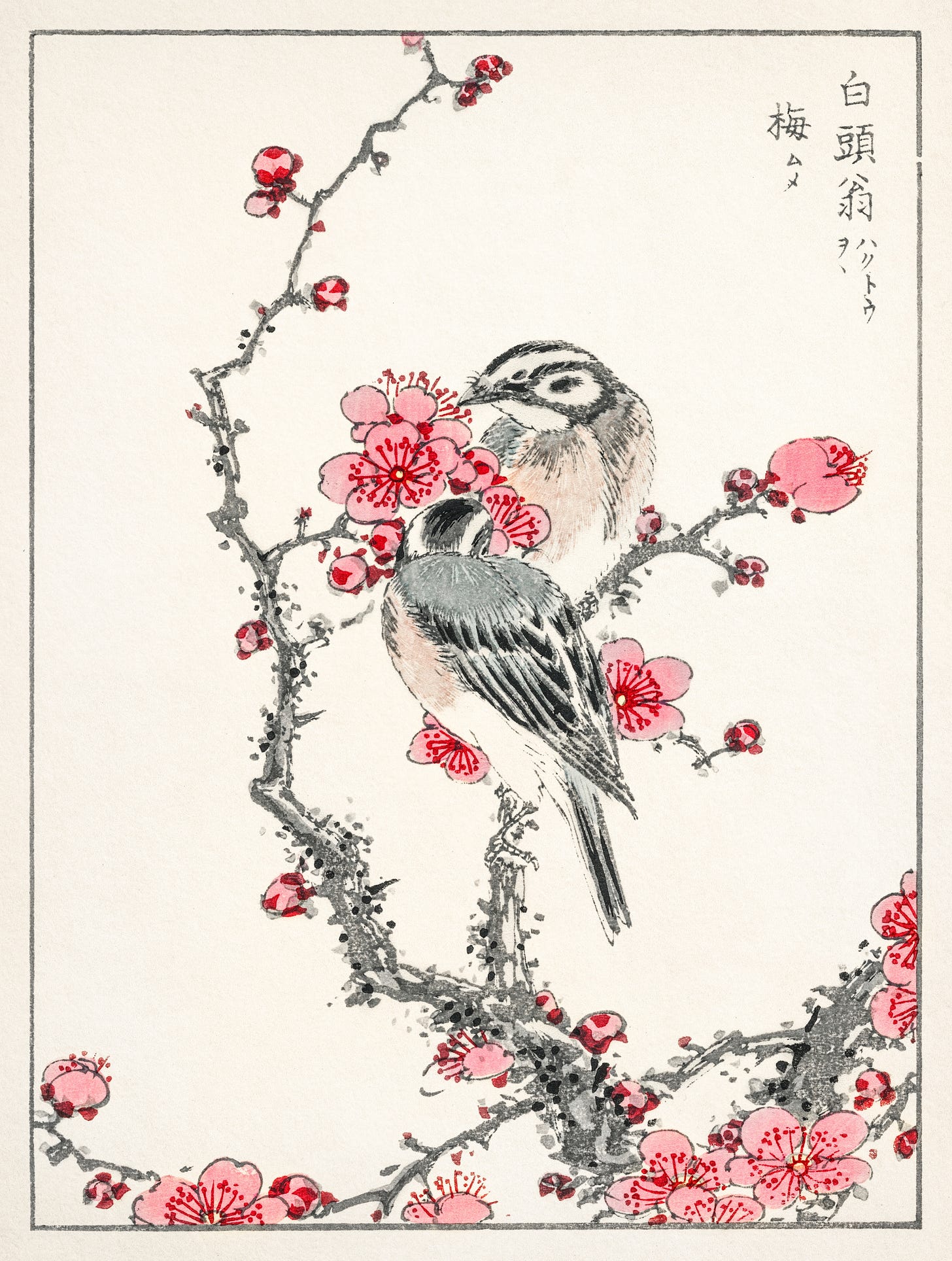
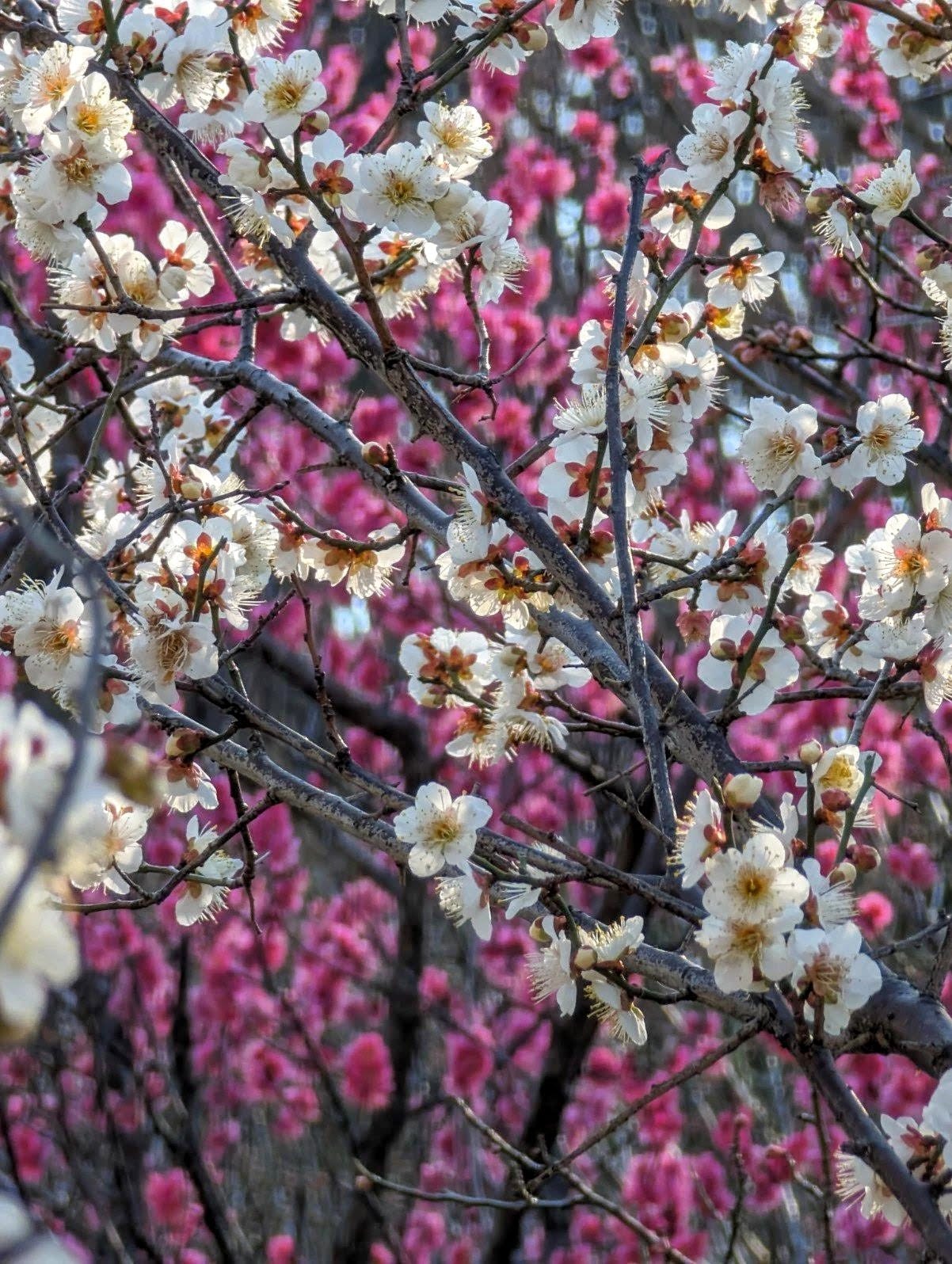
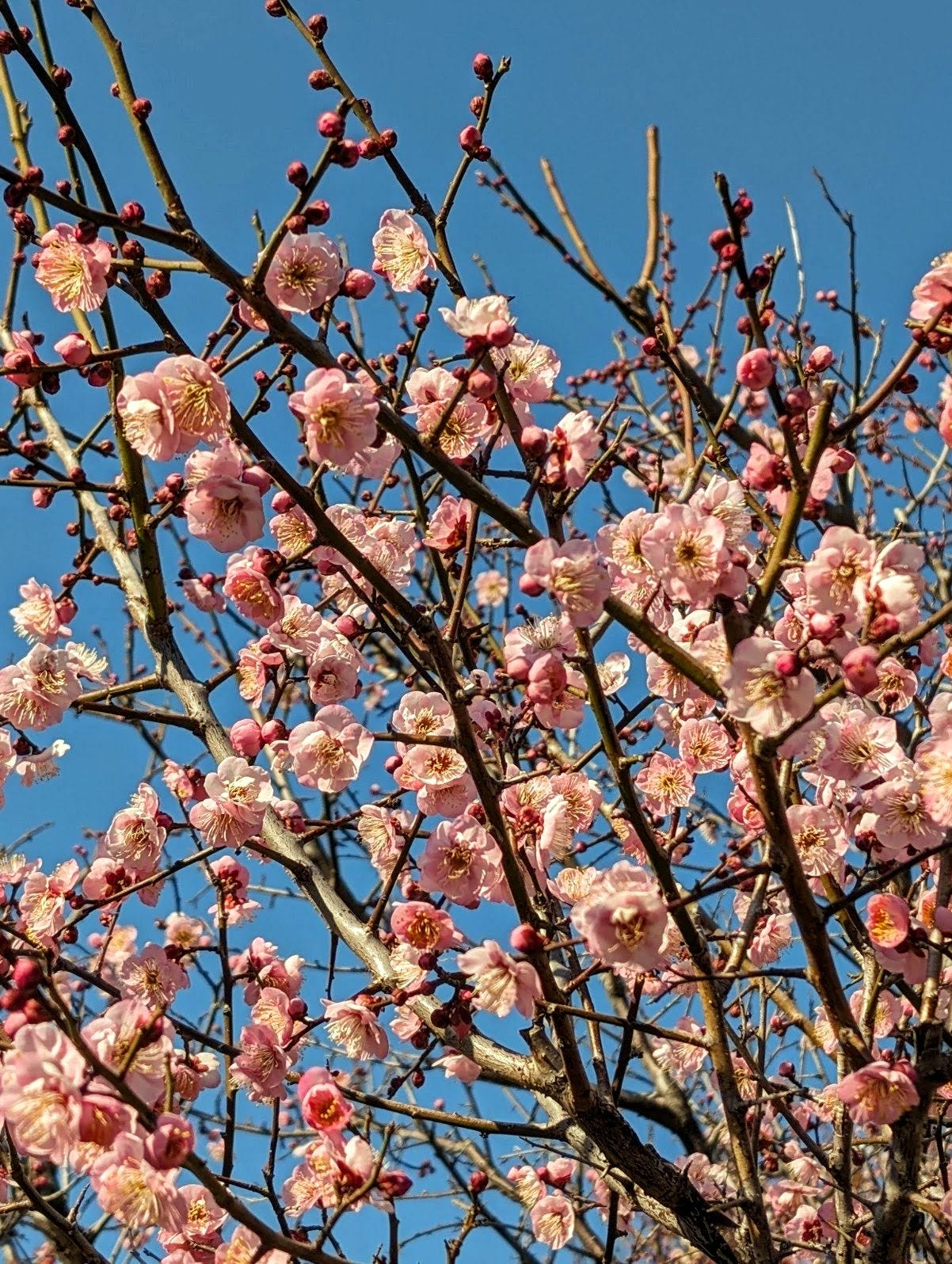
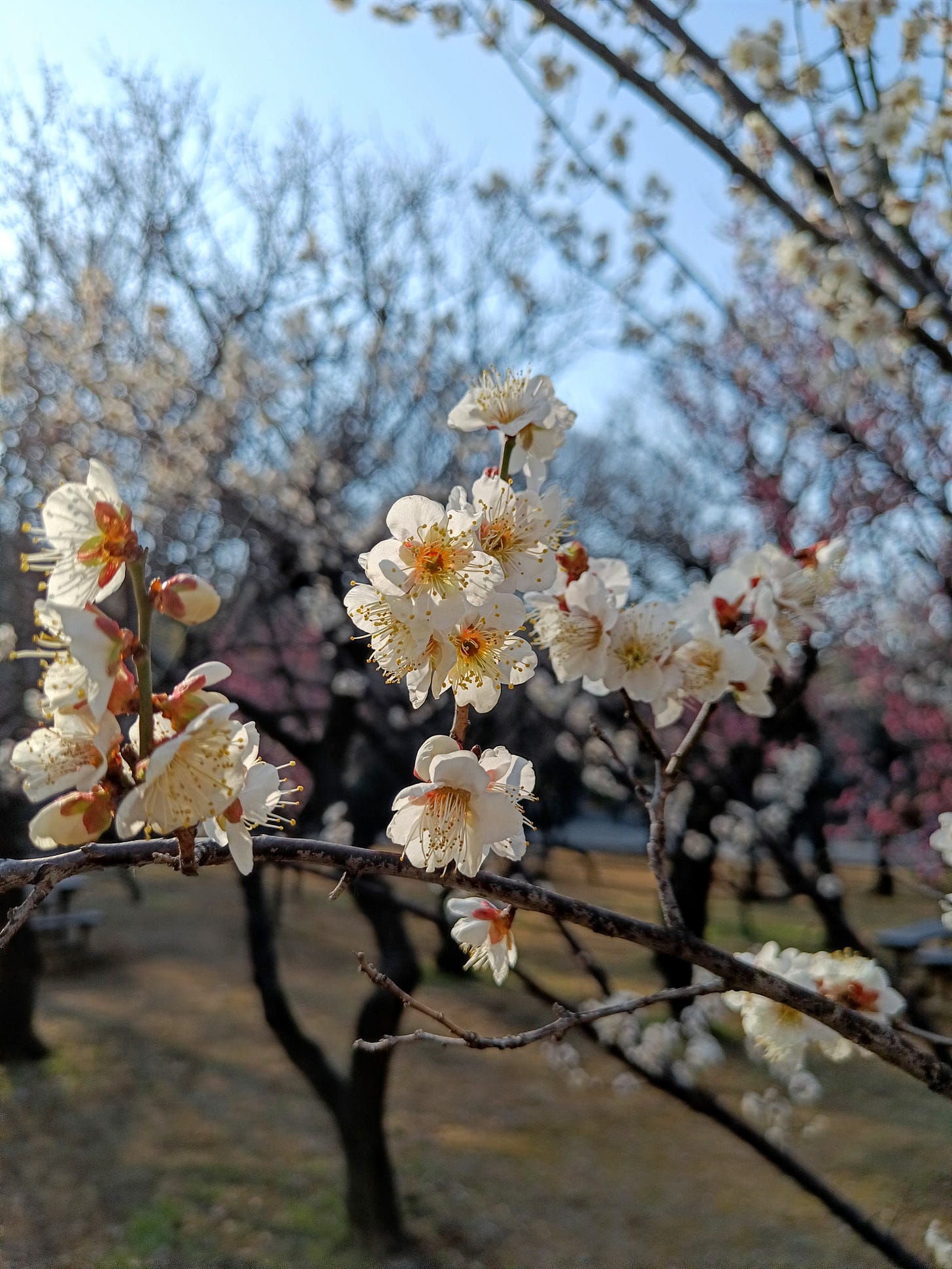
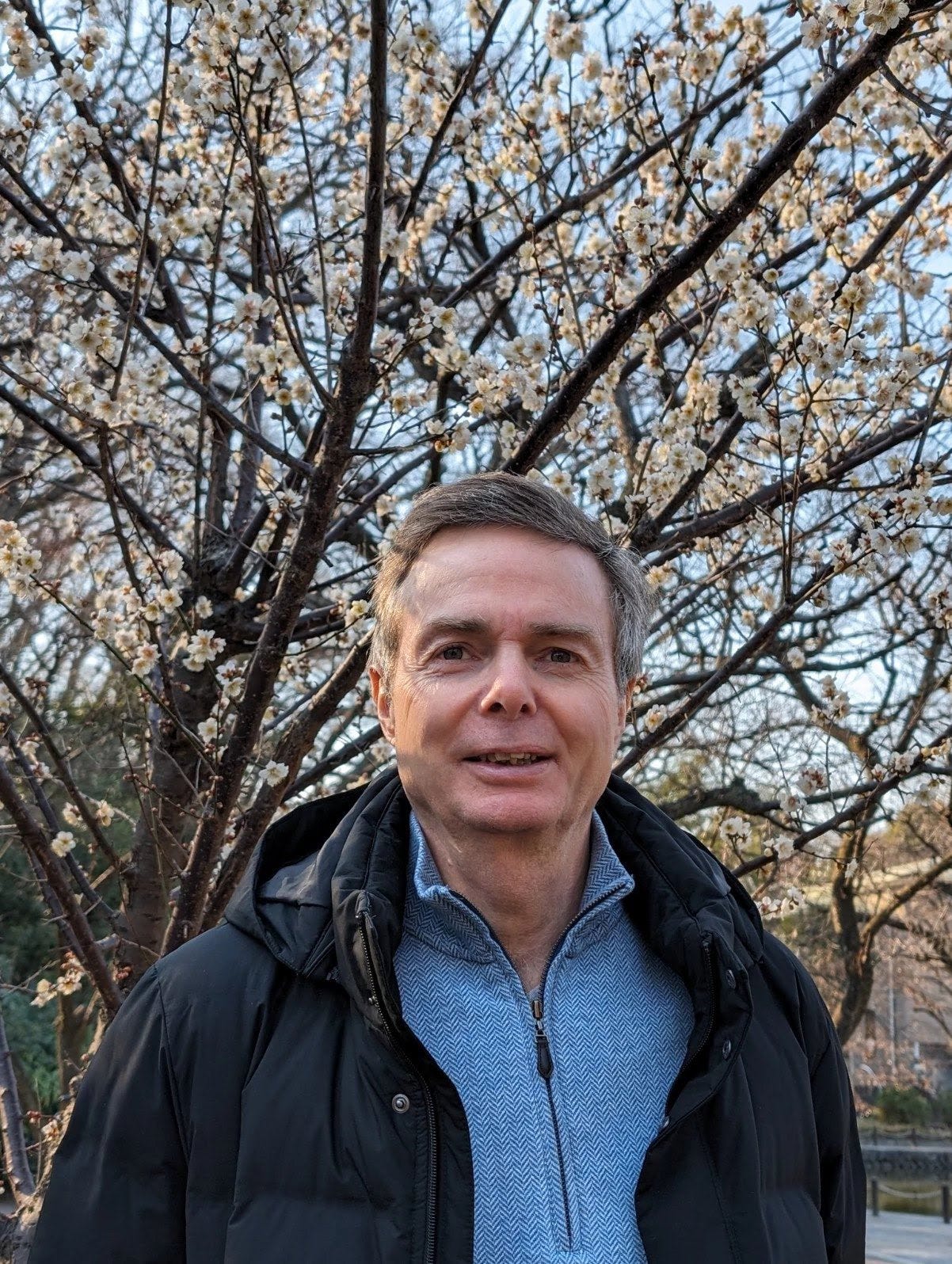
I enjoy the immediate call to action - book your flight for now! I wish. But the call also oozes with your current state of mind. Wonderful photos. Thanks for sharing your feelings about ume (and teaching us some words!)
Historic art prints + contemporary photography + history + a language lesson: Captivating! Thank you for this gracious start to the weekend, Jeffrey.